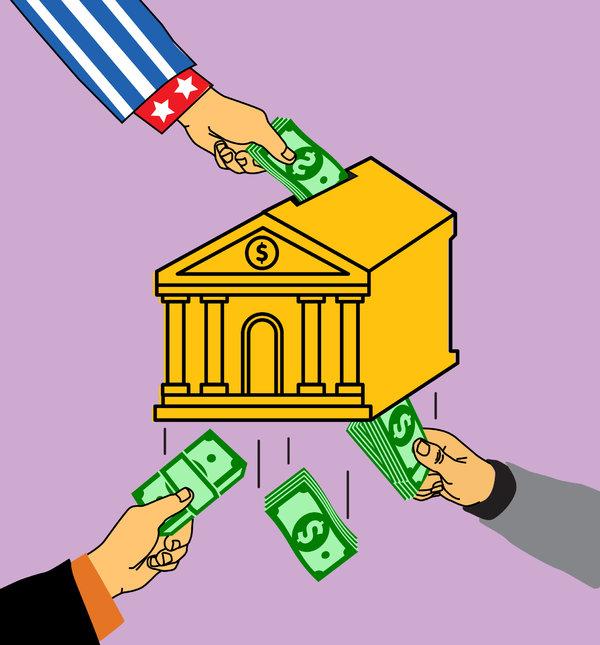
Unexpected money is great, like finding a crisp $20 in a coat pocket or when an older relative snail-mails you a check because it’s Christmas and they have no idea what to get you.
Windfalls on the lower end of the range can be easy spending. Who doesn’t want to splurge on fancy coffee or buy lunch for a friend?
How about $1,000? Or $2,000? The average tax refund, according to the IRS, is an eye-popping $2,833.
That’s not retire-the-mortgage money, but it’s absolutely airfare to a warm, sandy beach or nice ski mountain. And that’s what a lot of us do with tax refunds. Many Americans count on that check’s appearance in mid-May to pay for travel in June, when schools let out.
Let me suggest a better idea: Develop a windfall policy.
Now, a windfall policy is not about denying yourself a vacation. Rather, it’s about planning ahead so that your reaction to found money is not quite so knee-jerk.
Here’s an example of what I mean. If you happen to get, say, $100 or less, just put it in your wallet. It will get spent on something worthwhile soon enough. Probably groceries.
If it’s well over $100 and up to $999, well, you have a couple of options. The first is to bank most of it. Put $100 in your wallet and the rest in your emergency savings.
More than $1,000? Here, ask yourself why you are getting this money. Is it because your withholding at work is inaccurate?
Remember, if you regularly get large tax refunds, it’s only because you have elected, via the W-4 form, to take more money than necessary from your regular paycheck.
You can control that, and it’s not even hard. Talk to your HR department. Tell them how much of a refund is coming in every year and ask how to adjust your withholding to target zero instead.
Double-whammy
While you’re at human resources, go ahead and dump that extra amount right into your 401(k). Now you’ve avoided the income taxes and beefed up your retirement planning in one step.
If you don’t have a 401(k), open an IRA and put the money to work there instead. You can put up to $6,000 a year into an IRA and an extra $1,000 if you are 50 or older.
Like a 401(k), an IRA lowers your tax bill this year and grows with the market to benefit your retirement. You don’t pay any taxes on that growth, either, just the income tax when it comes out, years later.
Sure, you’ll have to budget in advance for your summer travel, but consider this: The money returned to you in a Treasury refund check has been held interest-free by the government all year.
What’s more, it’s a double whammy. That’s income on which you were taxed for the year while earning no interest in return. Painful!
Every year about this time a lot of folks head out to the mailbox and yell out “Woo-hoo! My refund is here!”
Have a windfall policy and instead you can smile and think, “Woo-hoo! My retirement is on track and I’m set!”





